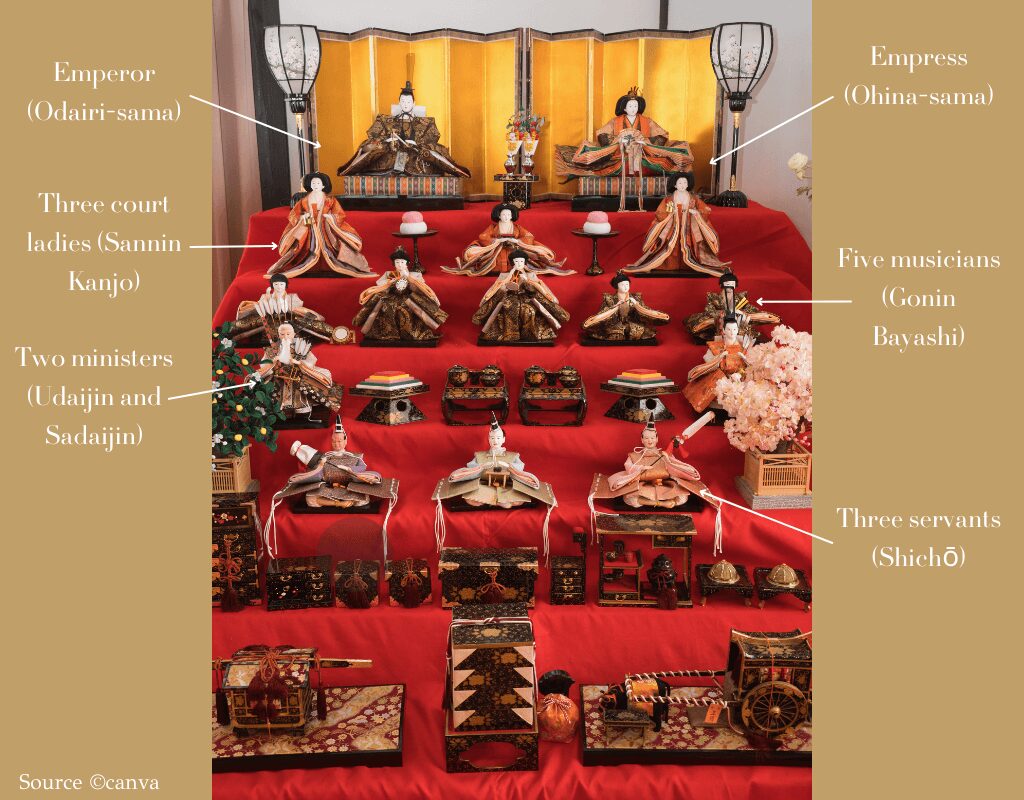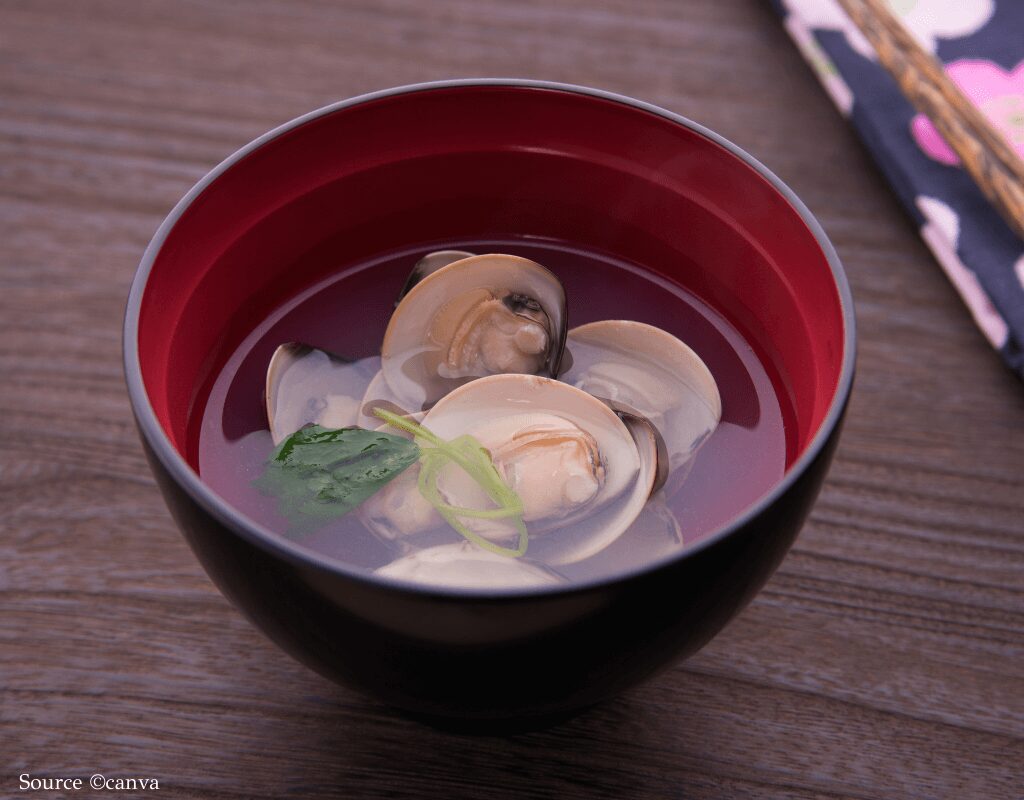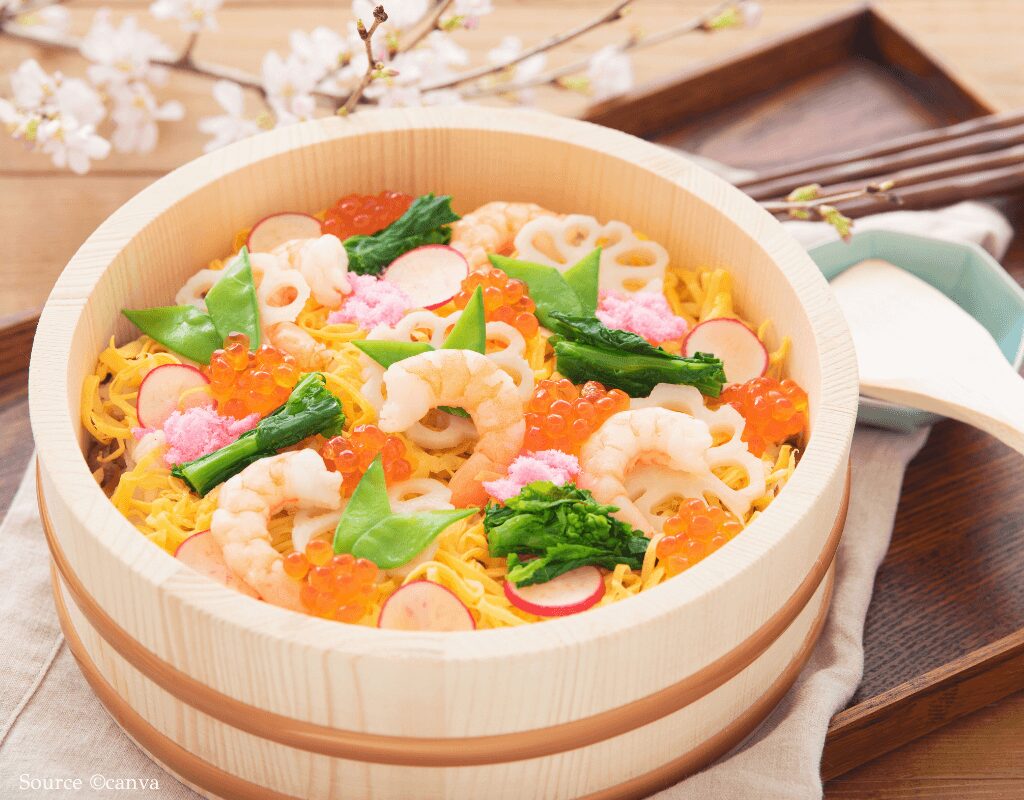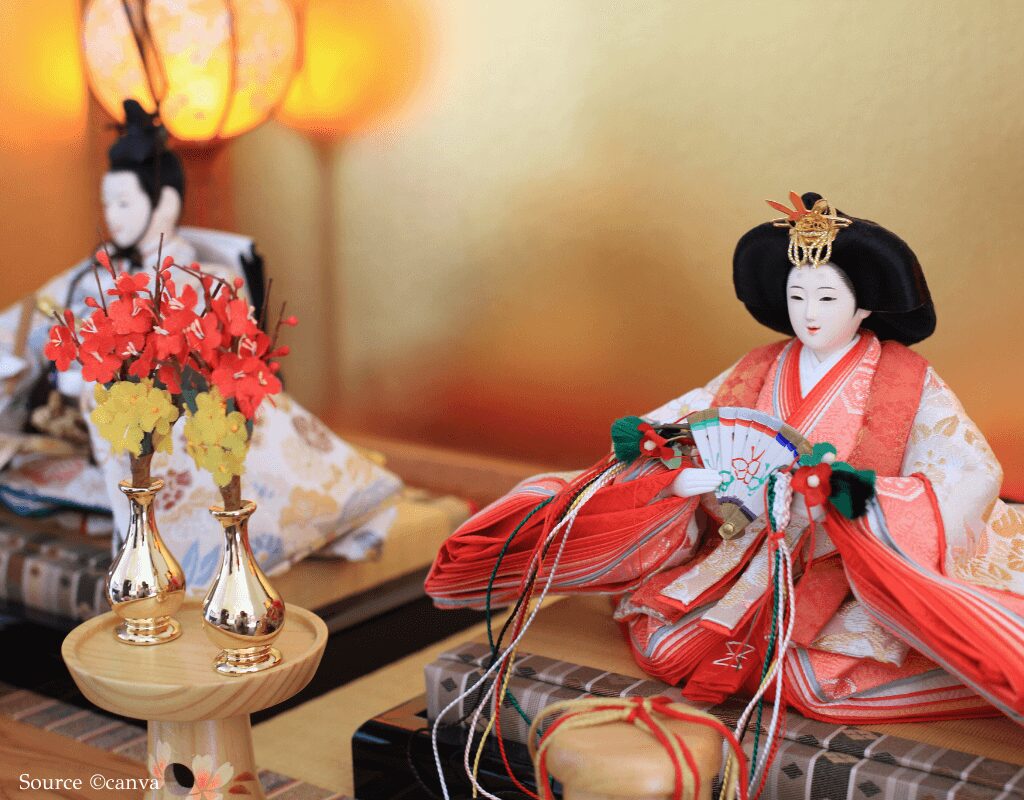Have you heard of the Hinamatsuri Festival in Japan? Around this time of year, you might notice hina dolls displayed in homes or even packaged foods featuring hina doll designs at supermarkets. The Hinamatsuri Festival, also known as Girls’ Day, is a special celebration held on March 3 to wish for the health and happiness of girls.
This article will guide you through the basics of the Hinamatsuri Festival, including its history, traditions, and the special foods enjoyed during this time.
If you’re interested in experiencing the Hinamatsuri Festival in Japan, be sure to check out this article for all the details!
Table of Contents
Chapter 1: What is the Hinamatsuri Festival?
The Hinamatsuri Festival (ひなまつり) is celebrated on March 3 and is also known as the Doll Festival or Girls’ Day in Japan. The word “hina” (雛) means something small and adorable, while “matsuri” means festival. Since this time of year coincides with the peach blossom season, it is also called Momo no Sekku (Peach Festival). Families with daughters celebrate the Hinamatsuri Festival by displaying traditional hina dolls and praying for their girls’ health and happiness.
Meanwhile, families with sons celebrate Tango no Sekku (端午の節句) on May 5, also known as Children’s Day, to wish for their boys’ healthy growth and success.
Chapter 2: History of the Hinamatsuri Festival
The Hinamatsuri Festival began during the Heian period. It comes from Jōshi no Sekku, a seasonal event from China meant to ward off bad luck. This tradition combined with Hina Asobi (雛遊び), a doll-playing custom among noble children. Over time, people started displaying male and female dolls on March 3, marking the beginning of Jōshi no Sekku.
Later, during the Edo period, the Tokugawa shogunate set five official seasonal festivals (Go-Sekku). May 5, Tango no Sekku, became a festival for boys, while March 3 became a special day for girls. This made the Hinamatsuri Festival an important tradition to celebrate girls’ health and happiness.
Source: PR TIMES Corporation

Chapter 3: The Custom of the Hinamatsuri Festival
Hina Dolls (Hinaningyo)
Traditionally, Hina dolls are displayed on a seven-tiered stand. At the top, the Emperor (Odairi-sama) and Empress (Ohina-sama) are placed, representing a wedding scene. Below them are the three court ladies (Sannin Kanjo), who serve the Empress. The next tier features the five musicians (Gonin Bayashi), each holding a musical instrument. Below them are the two ministers (Udaijin and Sadaijin), and at the bottom, there are three servants (Shichō), who worked in noble households.
While the seven-tiered display is the traditional style, modern homes—especially apartments—often have limited space. Since Hina dolls can also be expensive, many families opt for smaller sets with only one or three tiers.
Hina dolls are usually displayed in early February and put away after the Hinamatsuri Festival ends on March 3. There is a belief that delaying the cleanup may delay a daughter’s marriage, but there are no strict rules about when to store them away.
Source: Tougyoku

Hamaguri (Clam Soup)
During the Hinamatsuri Festival, there is a tradition of eating hamaguri no osuimono (clear clam soup). This simple dish is made by simmering clams in a broth of kombu (kelp) with a light seasoning of salt and sake.
Hamaguri clams are special because their two shells fit together perfectly, symbolizing a harmonious and happy marriage. For this reason, they are believed to bring good fortune in finding a good match.

Chirashizushi (Scattered Sushi)
Chirashizushi is another traditional dish eaten during the Hinamatsuri Festival. This colorful sushi dish is commonly served at celebrations in Japan, as its vibrant appearance makes it perfect for festive occasions.
Each ingredient in chirashizushi carries a special meaning. For example, shrimp symbolizes longevity, lotus root represents a bright future because of its holes that allow one to “see ahead,” and egg signifies prosperity and wealth. Because of these symbolic meanings, chirashizushi is considered a lucky and celebratory food.

Hishimochi (Diamond-Shaped Rice Cakes)
A common Hinamatsuri Festival tradition is displaying hishimochi, three-layered, diamond-shaped rice cakes. While they are mainly used as an offering rather than for eating, they are placed beside the Hina dolls as a decorative element.
There are several theories about the shape of hishimochi. One reason is that the water chestnut (hishi), known for its strong ability to reproduce, symbolizes fertility and longevity. Additionally, the shape is believed to have a protective meaning, warding off evil spirits.
Source: Tougyoku

Hope you find this article useful and enjoyable! If you’re interested in other seasonal customs in Japan, check them out here.


